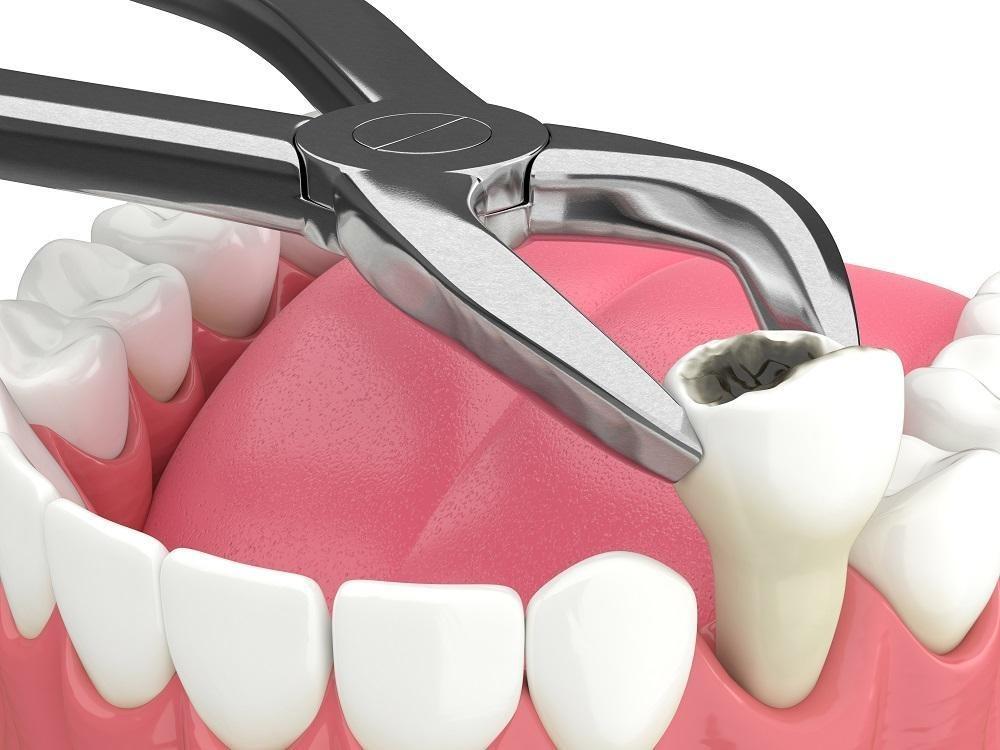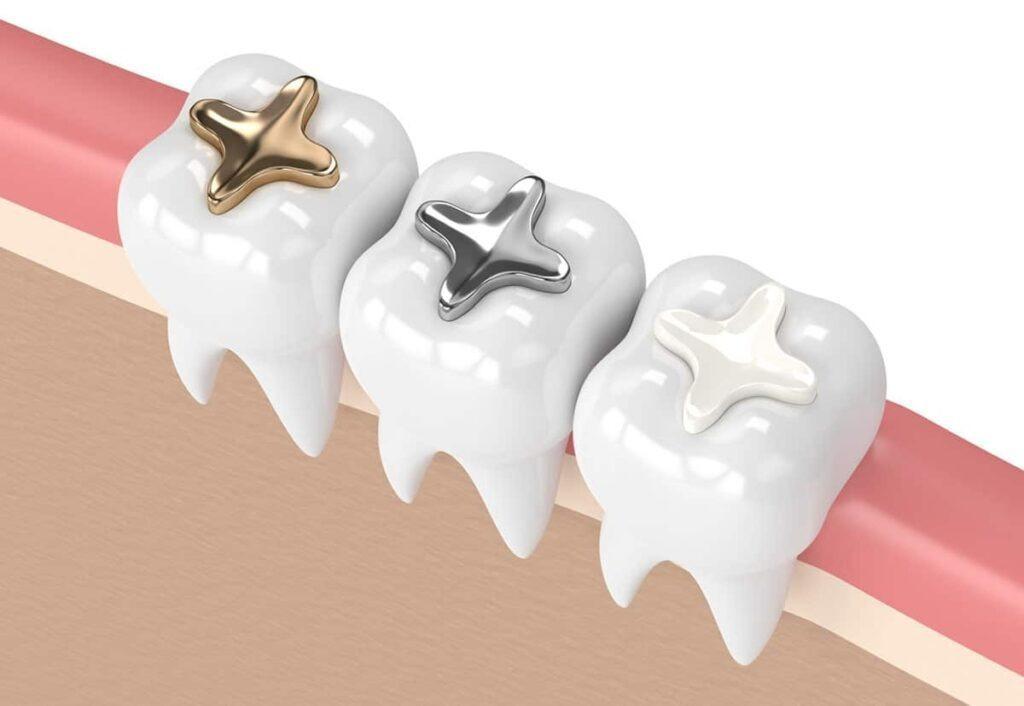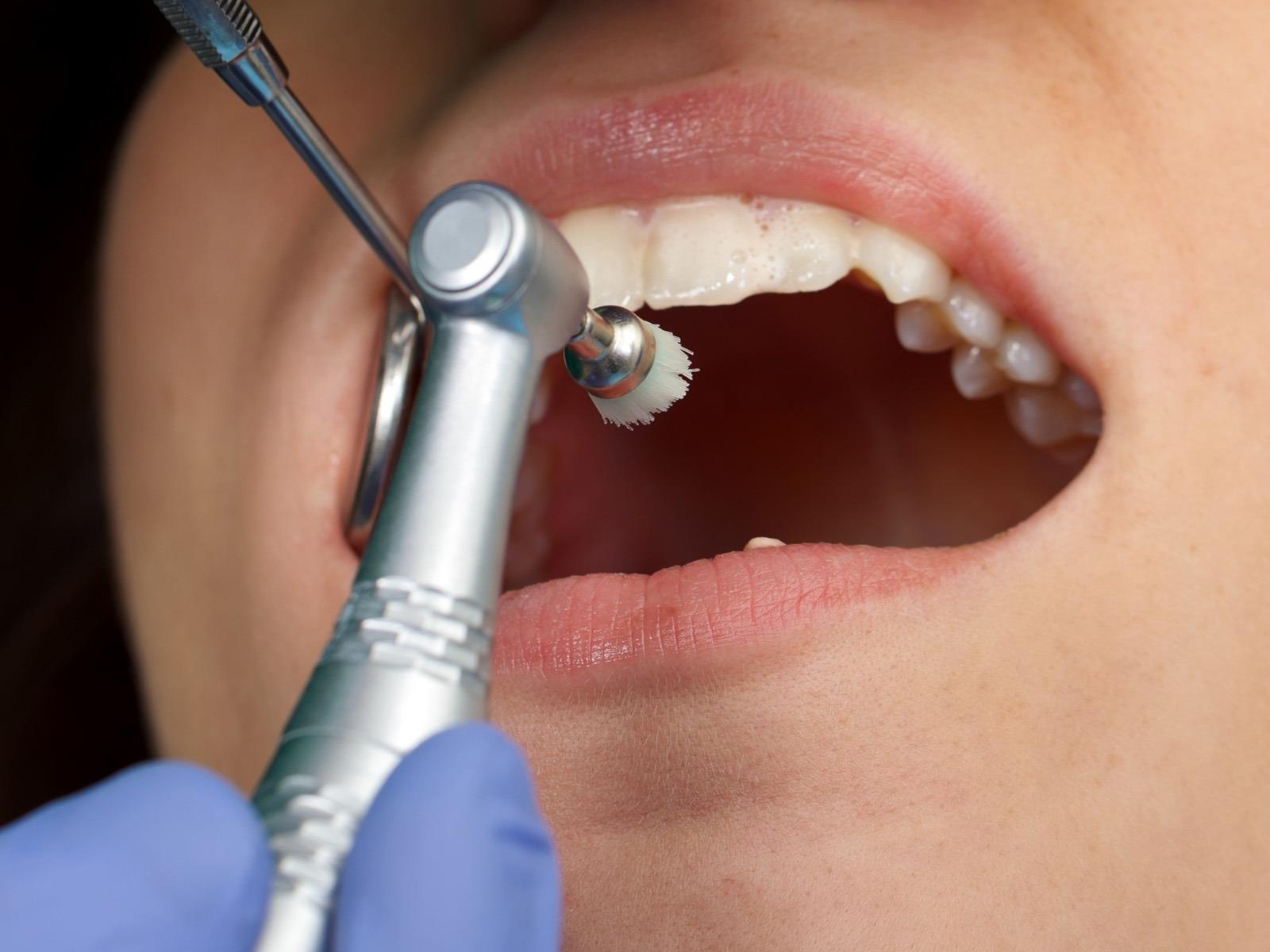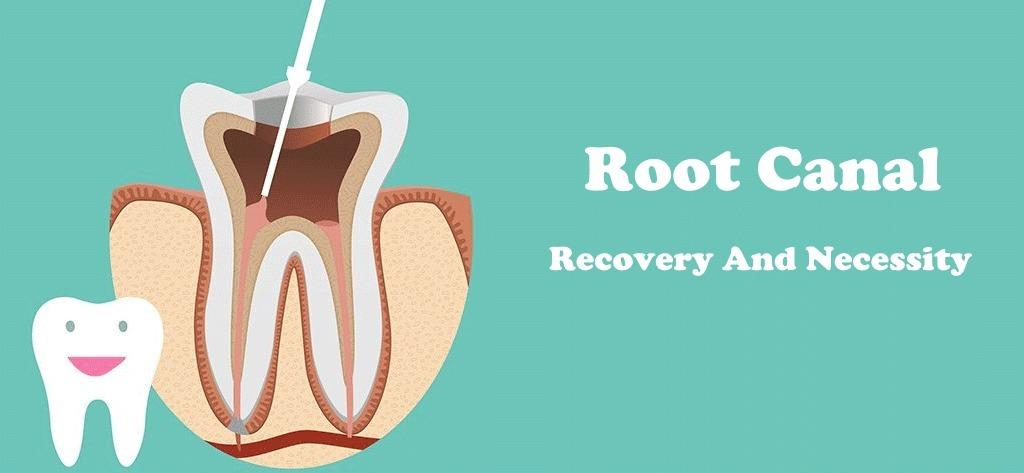Tooth extraction is one of the most common dental procedures performed to remove a damaged, decayed, or problematic tooth. While the idea of having a tooth pulled can make many patients uneasy, modern dentistry has made the process safe, comfortable, and highly effective. Whether it’s a simple removal of a visible tooth or a surgical extraction for impacted wisdom teeth, the procedure is designed to protect your overall oral health and relieve pain.
There are several reasons a dentist might recommend an extraction. Severe tooth decay that cannot be repaired with a filling or crown, advanced gum disease, or a broken tooth below the gumline are common causes. In some cases, overcrowded teeth may need removal to prepare for orthodontic treatment, while wisdom teeth are often extracted to prevent impaction and infection.
Understanding what happens before, during, and after a tooth extraction helps reduce fear and anxiety. Being well-informed allows you to prepare mentally and physically for the procedure, leading to a smoother experience and faster recovery.
Understanding Tooth Extraction
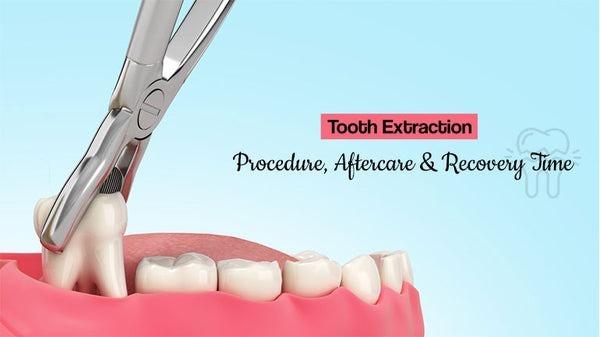
Tooth extraction is a dental procedure that involves removing a tooth from its socket in the jawbone. It’s typically performed by a general dentist or an oral surgeon, depending on the complexity of the case. The main goal is to eliminate pain, infection, or damage while preserving the health of surrounding teeth and tissues.
There are two main types of tooth extractions: simple and surgical. A simple extraction is done on visible teeth, where the dentist loosens the tooth with an instrument called an elevator and gently removes it using forceps. A surgical extraction, on the other hand, is required when the tooth is broken, impacted, or not fully erupted (like wisdom teeth). This procedure may involve making a small incision in the gum and sometimes removing bone tissue around the tooth.
Your dentist might recommend extraction if a tooth is too damaged to repair, causes alignment problems, or poses a risk of infection to neighboring teeth. By removing the source of pain or infection, your dentist helps you restore comfort and prevent further oral health complications.
Preparing for the Procedure
Consultation and X-Rays
Before the extraction, your dentist will perform a thorough examination that includes dental X-rays. These X-rays reveal the tooth’s position, root structure, and its relationship to nearby teeth and nerves. This information helps plan the safest and most effective extraction method. During the consultation, your dentist will discuss your symptoms, explain the procedure, and outline what you can expect during and after the extraction.
Medical History and Medication Discussion
You’ll be asked to provide details about your medical history, including any chronic conditions such as diabetes, heart problems, or high blood pressure. It’s essential to mention all medications and supplements you’re taking—especially blood thinners or medications that affect healing. Your dentist might coordinate with your physician to adjust doses or prescribe preventive antibiotics if you’re at risk of infection.
Pre-Procedure Instructions
Depending on the complexity of the extraction, your dentist may ask you to follow specific instructions before your appointment. For example, if you’re undergoing sedation, you may need to fast for 6–8 hours before the procedure. You should also arrange transportation since driving afterward may not be safe. Avoid smoking, as it can slow healing and increase complications. Wear comfortable clothing and follow any guidelines about pausing medications such as aspirin or warfarin.
Step-by-Step Process of Tooth Extraction
1. Anesthesia
The procedure begins with anesthesia to ensure a completely pain-free experience. Local anesthesia numbs the tooth, gums, and surrounding bone. For more complex or anxiety-inducing cases, your dentist might recommend sedation or general anesthesia. You’ll feel pressure during the extraction, but no pain.
2. Loosening the Tooth
Once you’re numb, the dentist uses special dental instruments to gently loosen the tooth from its socket. An elevator tool helps detach the tooth from the ligament that anchors it to the jawbone. This step requires precision to minimize trauma to surrounding tissues.
3. Tooth Removal
After loosening, the dentist carefully extracts the tooth using forceps. You might feel slight pressure as the tooth is lifted, but the process is swift and controlled. For surgical extractions, small gum incisions may be made to reach the tooth.
4. Cleaning the Site
Once the tooth is removed, the socket is cleaned to remove any remaining tissue, infection, or debris. This step helps prevent post-operative complications such as infection or dry socket.
5. Stitches (If Needed)
If an incision was made or the extraction was surgical, dissolvable stitches may be placed to close the gum tissue and promote healing. These usually dissolve on their own in a week or two.
What You’ll Feel During the Extraction
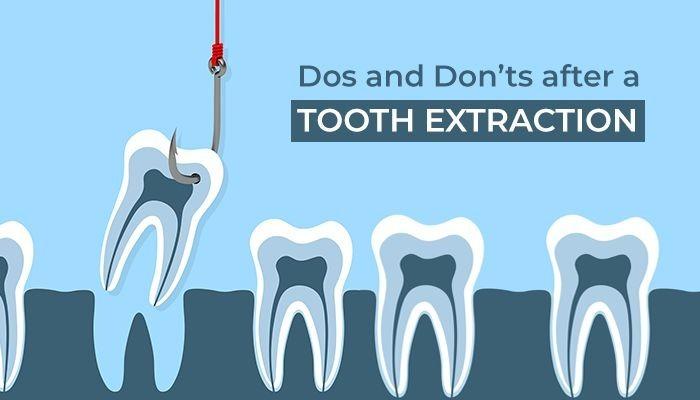
It’s common to feel pressure but not pain during the procedure. The pressure comes from the dentist applying gentle force to loosen the tooth. Anesthesia ensures that nerve endings are fully numb, preventing any pain sensations. If you ever feel discomfort, your dentist can administer more anesthesia to keep you at ease.
Sedation options, such as nitrous oxide (“laughing gas”) or oral sedatives, can help patients with dental anxiety relax during the process. Dentists today prioritize comfort and use advanced techniques to make the experience as stress-free as possible.
Aftercare and Recovery
Immediate Care
Once the extraction is complete, a gauze pad is placed over the site to control bleeding and help a clot form. You’ll be asked to bite down gently for 30–45 minutes. It’s important to rest after the procedure—avoid physical exertion, spitting, or rinsing your mouth for the first 24 hours, as this could dislodge the clot.
Pain Management
After the anesthesia wears off, some mild soreness or discomfort is normal. Your dentist may prescribe pain medication or recommend over-the-counter options like ibuprofen. Applying a cold compress on your cheek for 10–15 minutes at a time can also help minimize swelling and pain.
Dietary Guidelines
For the first few days, stick to a soft diet. Foods like yogurt, mashed potatoes, soups, and smoothies are ideal. Avoid hot, spicy, or crunchy foods that can irritate the extraction site. Do not use straws or smoke, as the suction can cause a dry socket—a painful condition where the clot becomes dislodged.
Oral Hygiene
Good hygiene is essential for healing. Continue brushing and flossing, but avoid the extraction site for at least 24 hours. After the first day, gently rinse with warm salt water several times daily to keep the area clean and promote healing.
Healing Timeline and What’s Normal
Healing after a tooth extraction is a gradual process, and the timeline can vary depending on the type of extraction and your body’s healing ability. In most simple cases, recovery takes around 7–10 days, while surgical or wisdom tooth extractions may take 2–3 weeks to fully heal. During the first 24 hours, a blood clot forms over the socket—this is a critical part of healing as it protects the underlying bone and nerves. It’s important not to disturb this clot by rinsing, sucking, or touching the area.
Over the next few days, mild swelling, tenderness, and minor bleeding are completely normal. The gum tissue begins to close over the socket, and discomfort gradually reduces with proper care and medication. You might also feel tightness in your jaw or mild stiffness when opening your mouth—this is temporary and improves as inflammation subsides. By the end of the first week, pain and swelling typically decrease significantly, and most patients can return to normal activities.
However, it’s essential to monitor for any signs that may indicate a problem. If you experience severe or throbbing pain that worsens after 2–3 days, persistent bleeding, swelling that increases, fever, or foul-tasting discharge, contact your dentist immediately. These symptoms could signal an infection or dry socket, where the blood clot becomes dislodged or fails to form properly, leaving the bone exposed. Following your dentist’s instructions carefully ensures a faster, complication-free recovery.
Potential Risks and Complications
Although tooth extractions are safe and routinely performed, there are potential risks and complications to be aware of. The most common issue is dry socket, which occurs when the protective blood clot dislodges too soon, exposing the bone and nerves. This can cause intense pain radiating to the ear or jaw and requires immediate dental treatment from your dentist to place a medicated dressing for relief.
Infection is another possible complication, particularly if food debris or bacteria enter the empty socket. Signs include swelling, fever, or pus around the area. Nerve irritation is rare but can occur, especially during wisdom tooth extractions, leading to temporary numbness or tingling in the tongue, lips, or chin. Lastly, delayed healing may happen in patients who smoke, have diabetes, or take certain medications that slow tissue regeneration.
Dentists take several precautions to minimize these risks, such as using sterile instruments, providing antibiotics or antiseptic rinses when necessary, and giving clear post-operative instructions. You can greatly reduce your chances of complications by avoiding smoking, maintaining oral hygiene, and keeping all scheduled follow-up appointments.
Tips for a Smooth Recovery
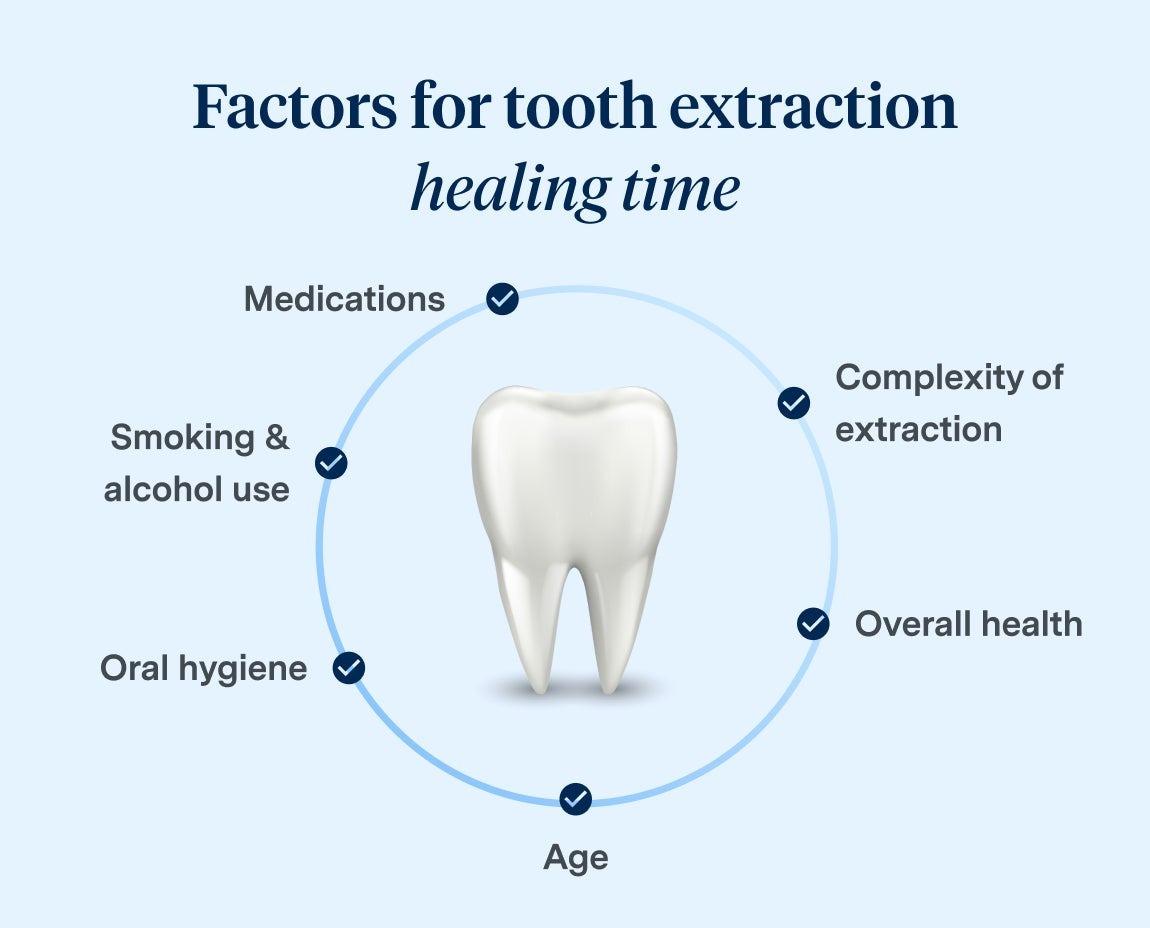
Proper aftercare is the key to a smooth and pain-free recovery after a tooth extraction. Here are essential steps to help you heal faster and comfortably:
1. Control Swelling with Ice Packs
Apply an ice pack on the outside of your cheek for 10–15 minutes at a time during the first 24 hours. This helps reduce swelling and numbs the area, providing relief. Avoid applying heat in the initial stage, as it can increase inflammation.
2. Rest and Keep Your Head Elevated
Get plenty of rest after the procedure. When lying down, use an extra pillow to keep your head elevated—this reduces blood pressure in the mouth and helps control bleeding. Avoid strenuous activity for at least 48 hours.
3. Protect the Extraction Site
Do not rinse, spit forcefully, or drink through a straw for the first 24 hours, as suction can dislodge the blood clot. Avoid touching the site with your tongue or fingers, as this can introduce bacteria.
4. Eat a Soft and Nutritious Diet
Stick to soft foods like yogurt, smoothies, mashed potatoes, oatmeal, and soups for the first few days. Gradually reintroduce solid foods as healing progresses. Stay hydrated, but avoid alcohol and caffeine, which can delay healing.
5. Maintain Gentle Oral Hygiene
Continue brushing your teeth, but skip the extraction area for 24 hours. After the first day, gently rinse with warm salt water (½ teaspoon of salt in a glass of water) after meals to keep the area clean. Avoid commercial mouthwashes with alcohol until your dentist approves them.
6. Avoid Smoking and Alcohol
Smoking restricts blood flow and slows healing, while alcohol can irritate the wound and interact with prescribed medications. Avoid both for at least 72 hours after the extraction.
7. Attend Follow-Up Appointments
Your dentist may schedule a dental check-up to monitor healing and remove stitches if needed. Follow-up visits ensure that everything is healing properly and any potential issue is addressed early.
By following these aftercare tips, you’ll minimize discomfort, speed up recovery, and prevent complications—helping your gums heal properly for a strong, healthy mouth.
Conclusion
Tooth extraction may seem intimidating, but it’s a safe, routine, and highly effective procedure when performed by a qualified dental professional. Understanding what to expect before, during, and after the extraction helps ease anxiety and allows you to prepare for a smooth experience. With today’s advanced anesthesia and gentle techniques, most patients experience little to no pain during the process.
Recovery depends largely on following aftercare instructions, maintaining good hygiene, and being patient with the healing process. Whether you’re removing a decayed tooth, resolving a painful infection, or making room for orthodontic treatment, extractions play a vital role in preserving long-term oral health. By working closely with your dentist and taking care of your mouth, you’ll be on your way to a comfortable recovery and a healthier, more confident smile.
FAQs
1. How long does it take for the extraction site to fully heal?
Most simple extractions heal within 7–10 days, while surgical or wisdom tooth removals can take 2–3 weeks. Complete bone healing inside the socket may take several months.
2. Can I brush my teeth after a tooth extraction?
Yes, but avoid brushing near the extraction site for the first 24 hours. After that, resume gentle brushing and rinse with salt water to keep your mouth clean without disturbing the blood clot.
3. What can I eat after a tooth extraction?
Stick to a soft diet—soups, mashed potatoes, scrambled eggs, yogurt, and smoothies. Avoid hard, spicy, and hot foods until your dentist confirms healing.
4. What should I do if my extraction site is bleeding?
Place a clean gauze pad over the area and bite down firmly for 30–45 minutes. If bleeding continues after a few hours, contact your dentist immediately.
5. When can I return to normal activities or exercise?
Avoid strenuous activity for at least 48 hours after the extraction. Light walking is fine, but wait until swelling and bleeding have stopped before resuming heavy exercise.

